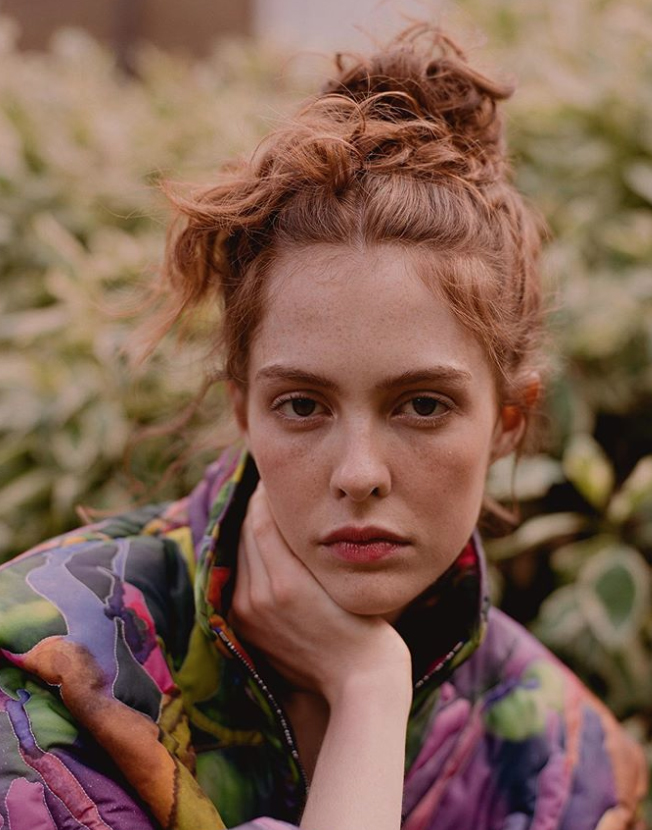
British model Anna Proffitt. Instagram: @annaproffitt
LUX contributing editor and model at Models 1, Charlie Newman continues her online exclusive series, interviewing her peers about their creative pursuits, passions and politics

Charlie Newman
THIS MONTH: 22-year-old British model Anna Proffitt has appeared on the catwalk for top fashion houses and graced the pages of many glossy magazines all while juggling a university degree and setting up a platform to discuss slow fashion. Here, she talks to Charlie about escaping to the countryside, sustainable shopping habits and reintroducing a ‘mend-it’ mentality.
Charlie Newman: Firstly, can you tell me about your background? Where did you grow up?
Anna Proffitt: I actually just moved back to the village I grew up in, I missed the countryside and Derbyshire folk when I was in London full time! I’m from a tiny village near the Peak District that’s all hills, fields and forests. I love it now, but not so much when I was young, I thought it was very boring. Everything was very quiet, my primary school class only had nine students. I remember passing my driving test in about four months so I could have some freedom! Now I’m so happy to live in the quiet, I can hike, climb, run and see the horizon all the time. I’m much more productive when I’m here, it’s all the clean air.
Follow LUX on Instagram: luxthemagazine
Charlie Newman: Were you always interested in fashion fashion?
Anna Proffitt: It’s the classic story of someone from the middle of nowhere seeing fashion as this glamorous escapism. I had a subscription to Vogue when I was 14 and fantasised about what it would be like to work in the industry. I did Fashion Design at College then Fashion Communication at University. Midway through studying I was scouted by an agency in Milan and went there in my summer break. When I came back I decided that I wanted to pursue it properly so applied to London agencies online and Models 1 signed me. Having worked for three years now experiencing the ups and downs, I am so grateful for the opportunities that have come out of it and know how to make it work for me. I have great respect for models, you have to be very strong and grounded to succeed.
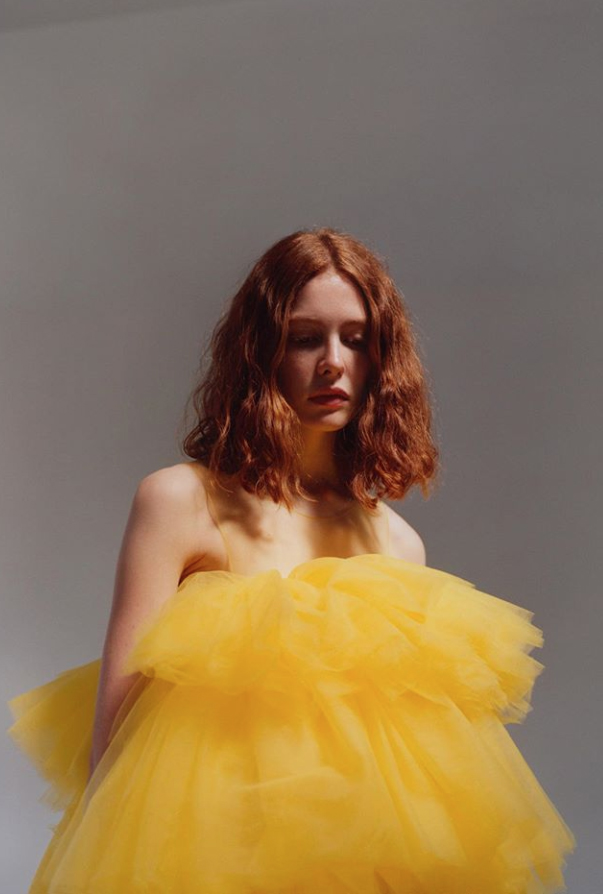
Instagram: @annaproffitt
Charlie Newman: How easy was it to manage both modelling and studying?
Anna Proffitt: I studied at Nottingham Trent University so I was on the train to London pretty frequently. At times, it was hard to juggle as my course was very intensive. I am naturally organised and hard working so I made it happen, I wrote a lot of my dissertation in queues for Fashion Week castings! I don’t think I would have done it in a different order as my modelling career helped with my course, it inspired and influenced a lot of the projects I did. I had a real industry perspective so could tune my projects to what actually happens in fashion, not just what I read about. I’m lucky to have had truly supportive agency that respected my studies and asked how I was. The stress of third year really took its toll on me so I took a long break from modelling but with a great team, I came back and walked Celine in the September after graduation.
Charlie Newman: In my opinion, catwalk modelling is the most gruelling part of the industry. How do you get through fashion week?
Anna Proffitt: It really is! I’ve certainly not always thrived in it, you have to be so in tune with yourself and able to ignore a lot as the nature of the process strips away your self-worth very easily if you let it. But then you have to be in it to win it. It’s all about the balance of knowing what is right and safe for your physical and mental health whilst allowing your ego to take you into that model mentality. I have a much stronger sense of self now, I guess it comes with age. So fashion week wouldn’t be so gruelling for me now as I know how to keep myself level.
Read more: Truffle making & Michelin-star dining at St. James’s Hotel & Club
Charlie Newman: What has been your favourite show to walk in and why?
Anna Proffitt: Celine is the biggest show I’ve walked yet and it was amazing to be surrounded by some of the biggest names in the industry. It was fascinating to see how a big fashion house works and be a part of the hype around Hedi Slimane’s first season at Celine. As a dressmaker myself, it was a dream come true to see how expert tailors fit the garments and discuss fabrics. I love Paris so much too, being able to spend 3 weeks there was amazing. Travel is definitely the biggest perk of the job!
Charlie Newman: Other than Celine, what’s been a career highlight so far?
Anna Proffitt: I loved the shoot I did for Wonderland Magazine with Campaign for Wool. It was all about championing British industry and conscious consumption which I am extremely passionate about and it was also my first glossy magazine shoot. I ended up collaborating with Campaign for Wool on my final major project at University. It’s so fulfilling when you meet lovely people on a job that you get on with and can work with on other projects.
Charlie Newman: Who do you look up to within the industry?
Anna Proffitt: I look up to the Ateliers of Haute Couture, they are some of the most skilful and talented people on the planet. My favourite artists in the industry are Rei Kawakubo, Tim Walker, the late Alexander McQueen and Christopher Simmonds.

Instagram: @annaproffitt
Charlie Newman: How did you come up with the concept for The Idle Hands Collective?
Anna Proffitt: Idle Hands is a platform that discusses conscious consumption in the fashion industry. It started as a way I could visually explore the topic so more people can join the conversation. I am passionate about the craft of fashion and using what we already have, there are so many amazing clothes in the world we don’t need to make more, especially more that are made from plastic and fall apart after one wear. I want to champion quality over quantity and prove you don’t have to forfeit your aesthetic in the slightest to dress sustainably. The blog consists of think pieces about sustainable fashion and features people, makers and communities that are paving the way. It goes alongside my vintage and up-cycled business which I have on Depop and my Instagram.
Read more: Why Spain is best for cultural travelling by Geoffrey Kent
Charlie Newman: As consumers, how can we make our approach to fashion more sustainable?
Anna Proffitt: Stop buying crap clothes! Why would you want to put your hard-earned cash to something that you know will only last you about two months? I would love to see a massive shift in consumer mentality that champions quality items over anything the fast fashion brands give you (which are inherently made to be disposable). I would love for charity and second-hand shops to be destigmatized and a ‘make do and mend’ mentality to be reintroduced. In this consumerist society, we can vote with our wallet, so make your money count.

Instagram: @annaproffitt
Charlie Newman: Who are your favourite sustainable brands?
Anna Proffitt: My favourite sustainable fashion brands are: Paloma Wool which is ethically made in Barcelona, Girls of Mars, FARA Charity shops because they are usually nicely presented and Rokit Vintage (my favourite is the Covent Garden branch). I am currently using a face oil by an independent maker called Lovely Skincare based in Sheffield and I use Neal’s Yard too as their green credentials are to be envied. The Body Shop and L’Occitane have recently teamed up with TerraCycle so you can recycle all beauty empties in store, which is quite revolutionary. The best places to shop are always local; support your local community. Shop your local markets, greengrocers, hardware stores, charity shops and book shops.
Charlie Newman: Lastly who is your role model of the month and why?
Anna Proffitt: My role model of the month is the climber Nina Williams. I watched her documentary at the Reel Rock Film Festival and I am in awe of her mindset and strength. Go check her out!
Follow Anna on Instagram: @annaproffitt

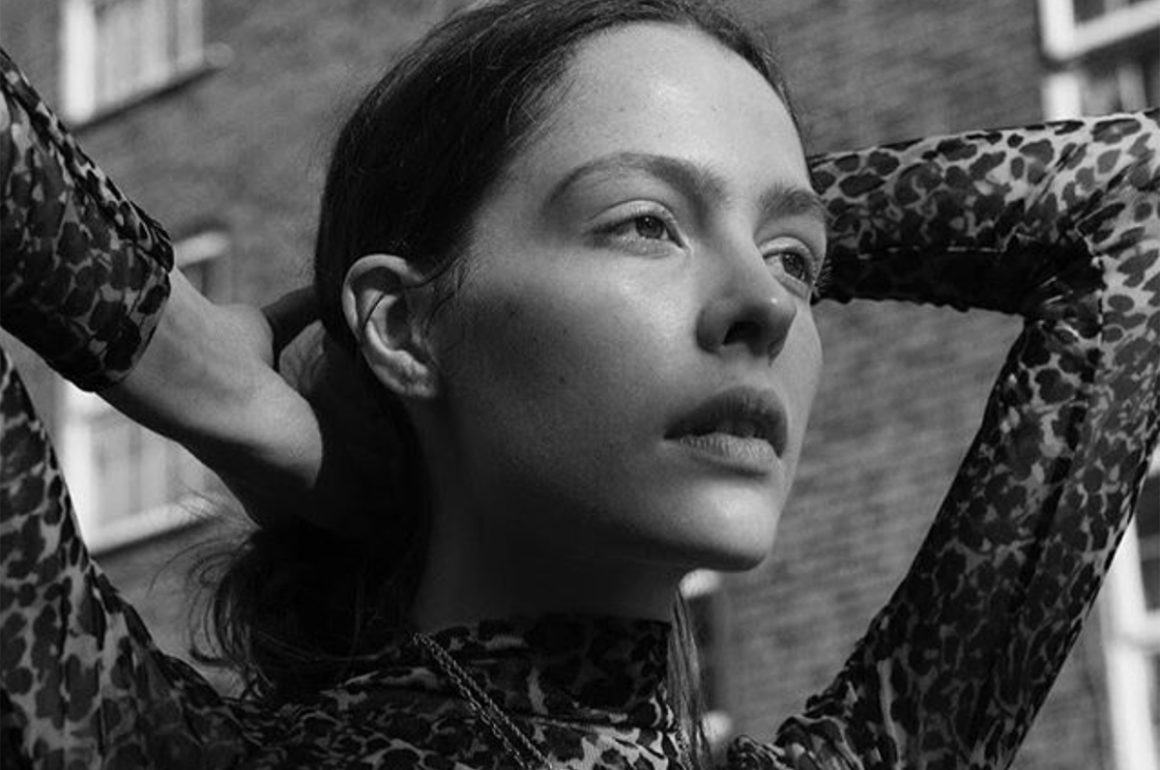
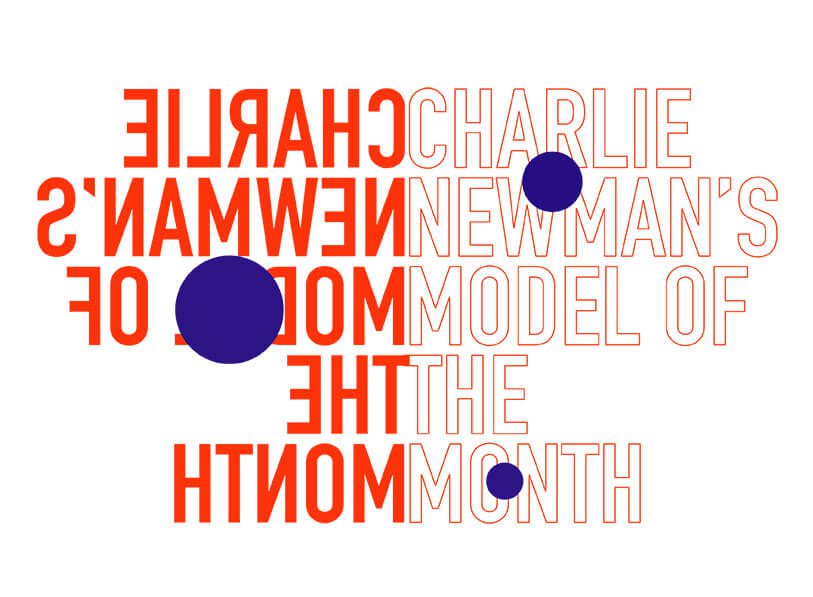






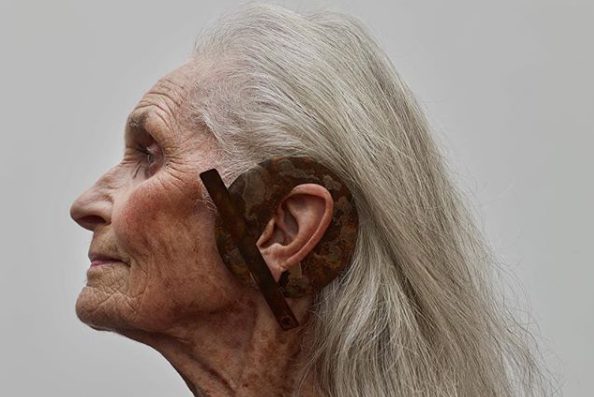







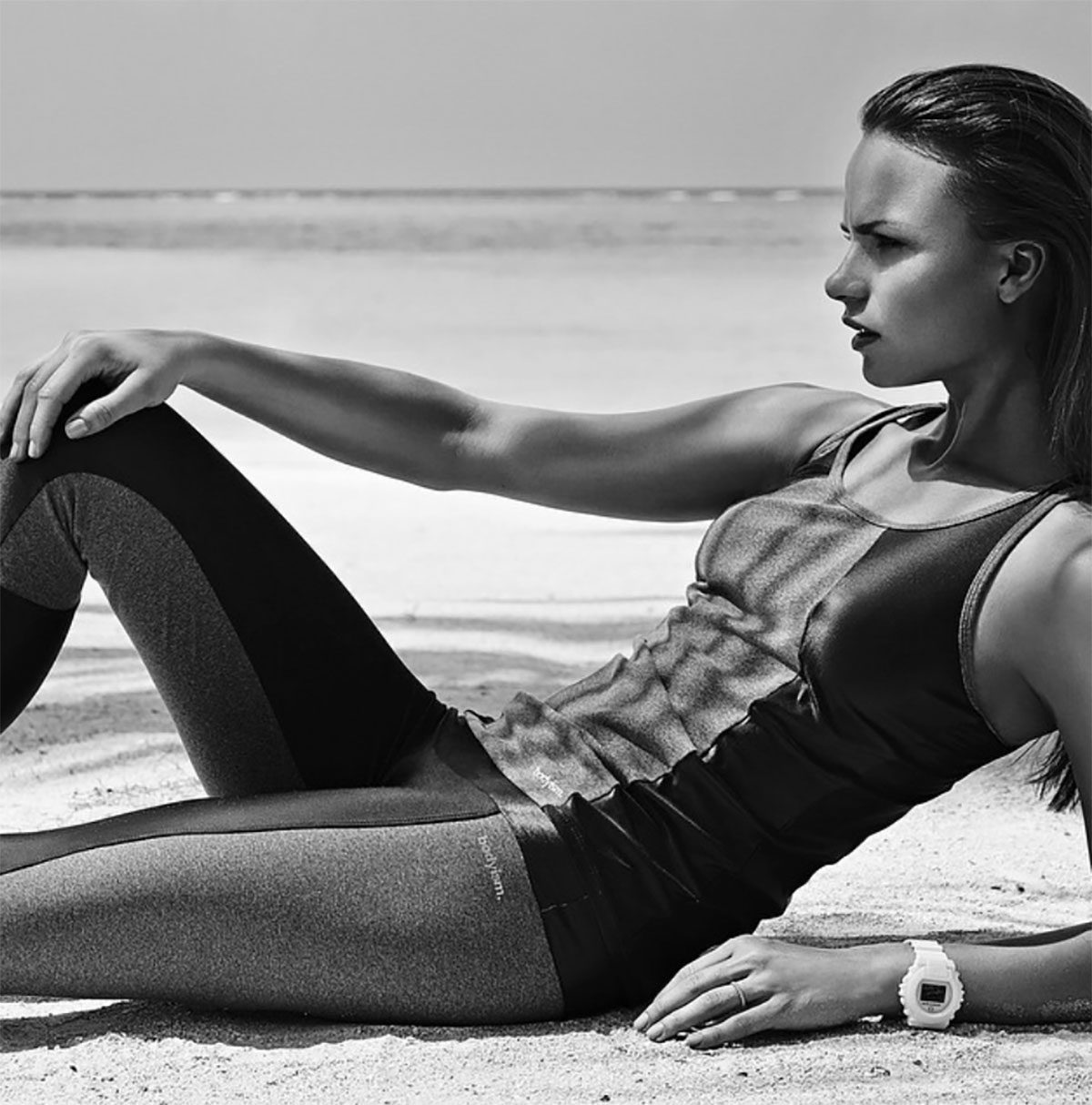



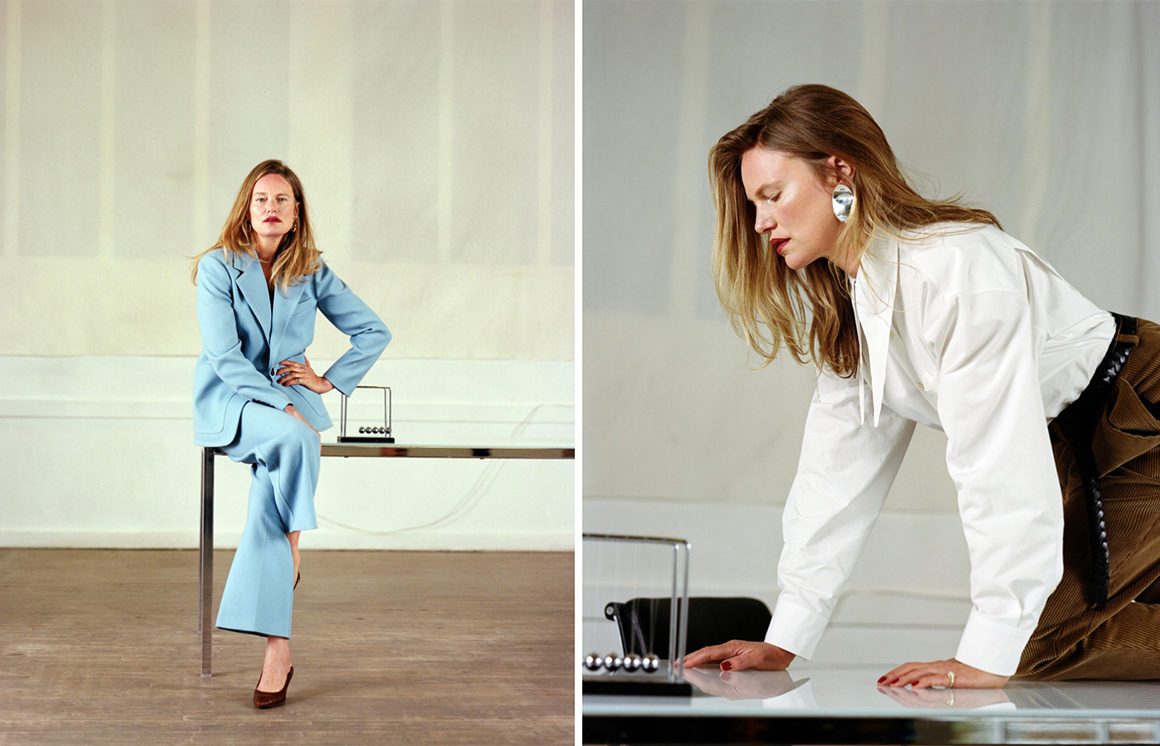
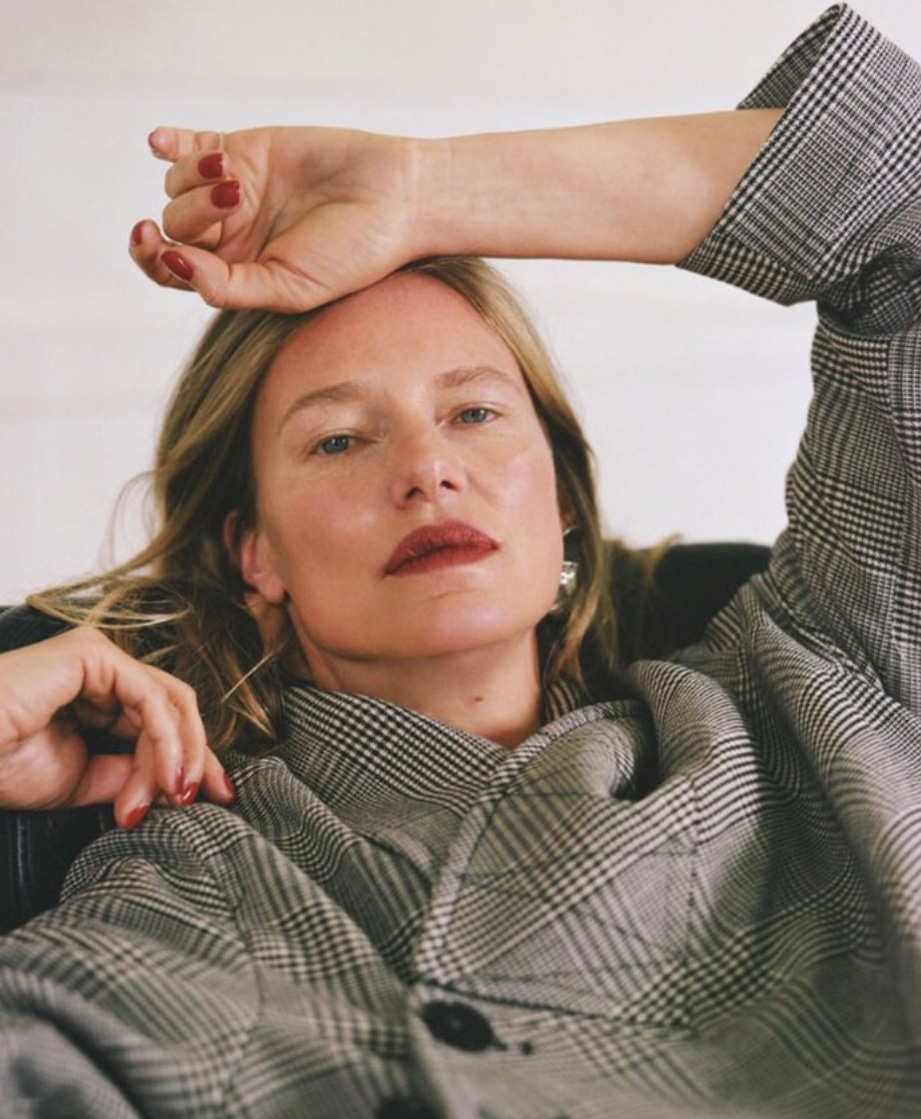















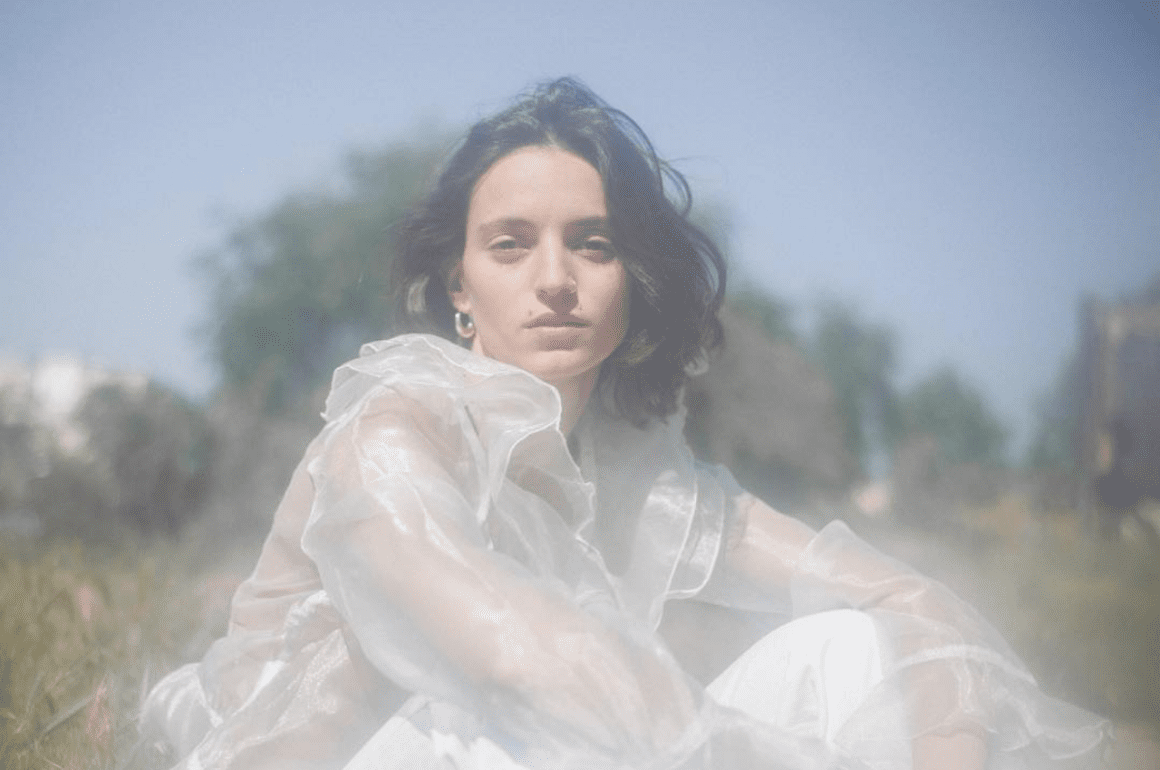
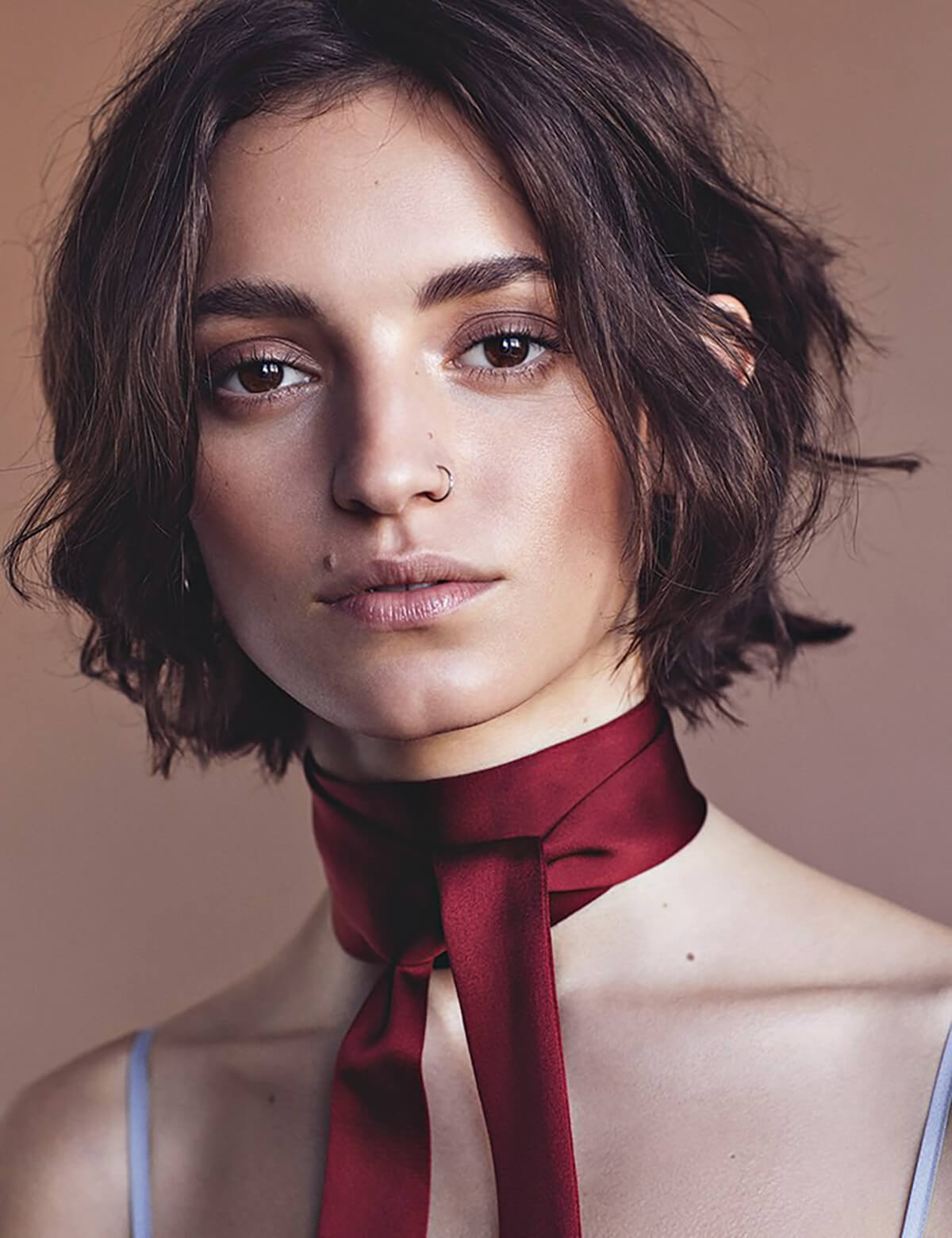





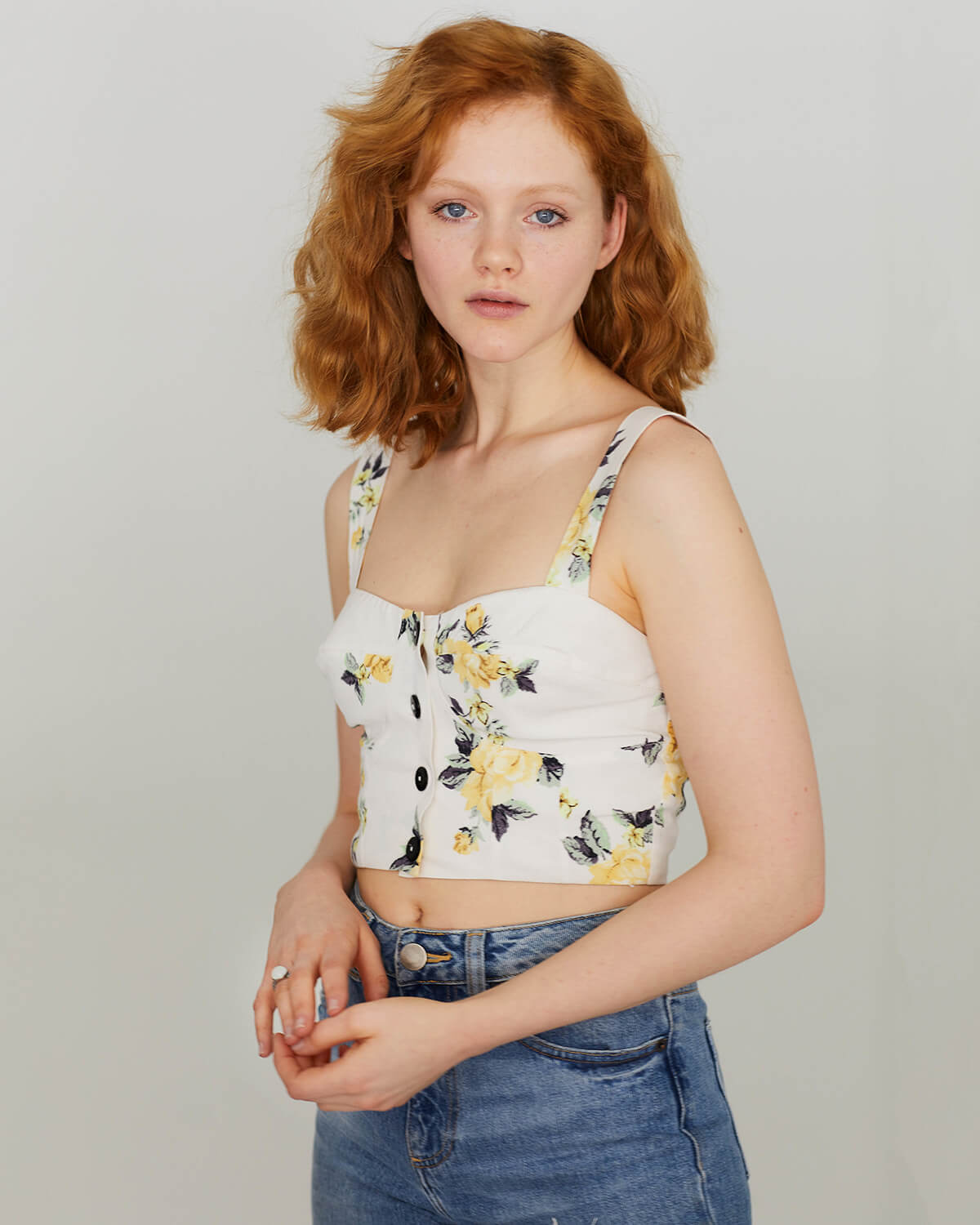

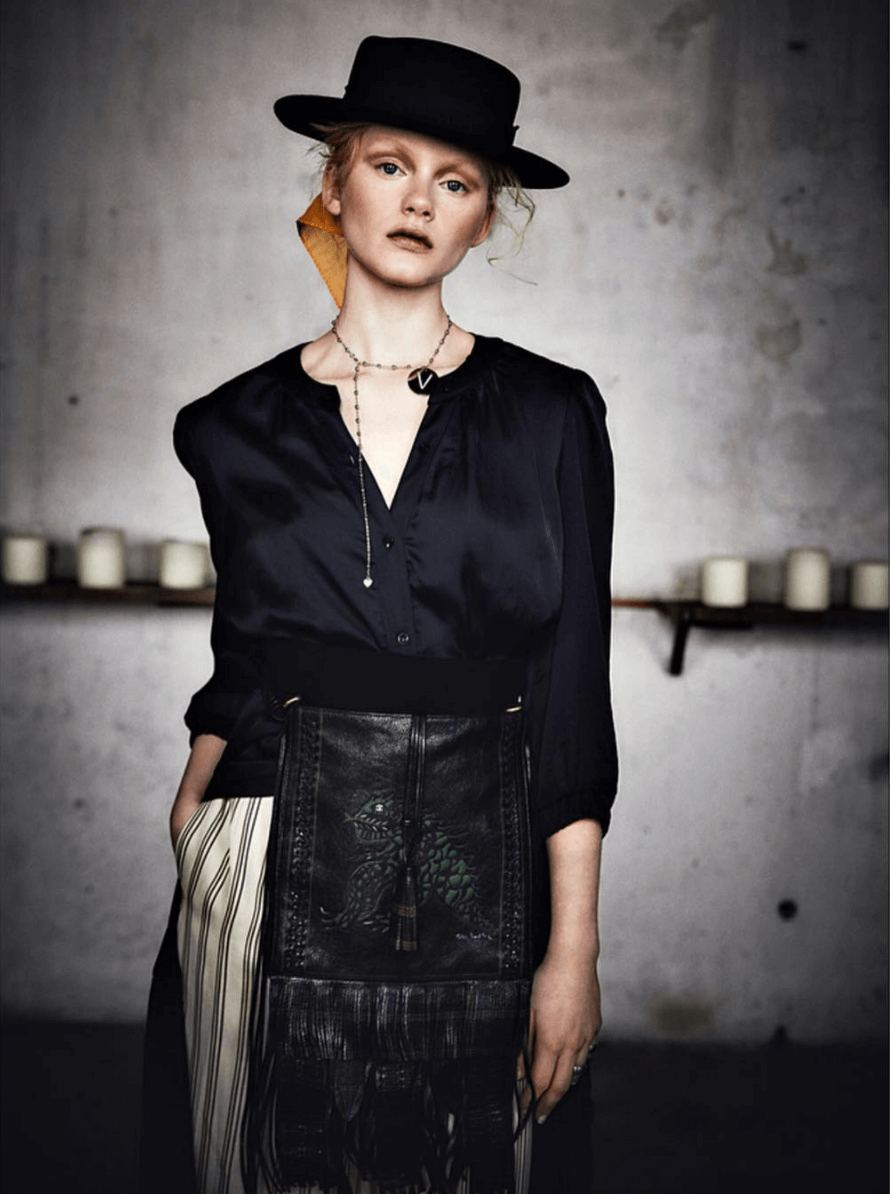









Recent Comments